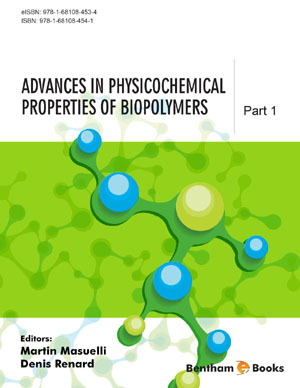Abstract
Oxygen is the 3rd most abundant element in the known universe. Only hydrogen and helium, in that order, are more abundant. The big bang theory of creation asserts that all the elemental oxygen on earth was created late in the life of a dying star. On earth, oxygen is the most abundant element in the lithosphere (land), hydrosphere (water), and atmosphere (air). More precisely, the lithosphere is all the crust or solid, upper portions of the Earth; the hydrosphere includes all the rivers, lakes, seas, and oceans; and the atmosphere is the gas-filled space above and near the earth. Atomic oxygen is chemically and biologically reactive and primarily exists as molecular oxygen (O2, two like atoms combined), or in combination with certain elements (primarily metals). Oxygen forms reactive intermediates and free radicals including peroxide, superoxide and hydroxyl radical. The latter is said to be the most reactive species known in chemistry. Oxygen has a unique arrangement of electrons that is conducive to one-electron transfer reactions that can produce oxygen free radicals and cause biological oxidant stress. However, oxygen is especially suited to serve as the terminal acceptor of electrons in the biological process of electron transfer that is linked via coupled reactions to oxidative phosphorylation that creates adenosine triphosphate (ATP), the universal storage and transfer form of energy for all aerobic life on earth.
Keywords: Atmosphere, Aufbau order, Big bang, Burning, Christ’s last breath, Combustion, Dmitri Mendeleev, Double bond, Elemental oxygen, Final electronacceptor, Free radicals, Hydrogen peroxide, Hydrosphere, Hydroxyl radical, Inflation, Lithosphere, Nucleosynthesis, Ozone, Periodic table, Photosynthesis, Sir Fred Hoyle, Superoxide dismutase, William A. Fowler.

















